All rights reserved © 2025
In 2025, the DAW market continues to center around Ableton Live 12, FL Studio, Cakewalk/Sonar, and niche solutions, as confirmed by industry roundups of the best DAWs 2025 for Windows and Mac.
For beginners and advanced users, universal and free options are valuable, as shown in rankings of best free music‑making software 2025 and guides that choose by goals and genres.
Live 12 strengthened editing, MIDI expressions, updated devices, and workflow, which is critical for live performances and hybrid production in the studio and on stage.
If fast sound design, session‑based sampling, and a reliable live setup are needed, Live 12 is one of the most predictable choices, plus a 30‑day trial download is available to assess the fit for your tasks.
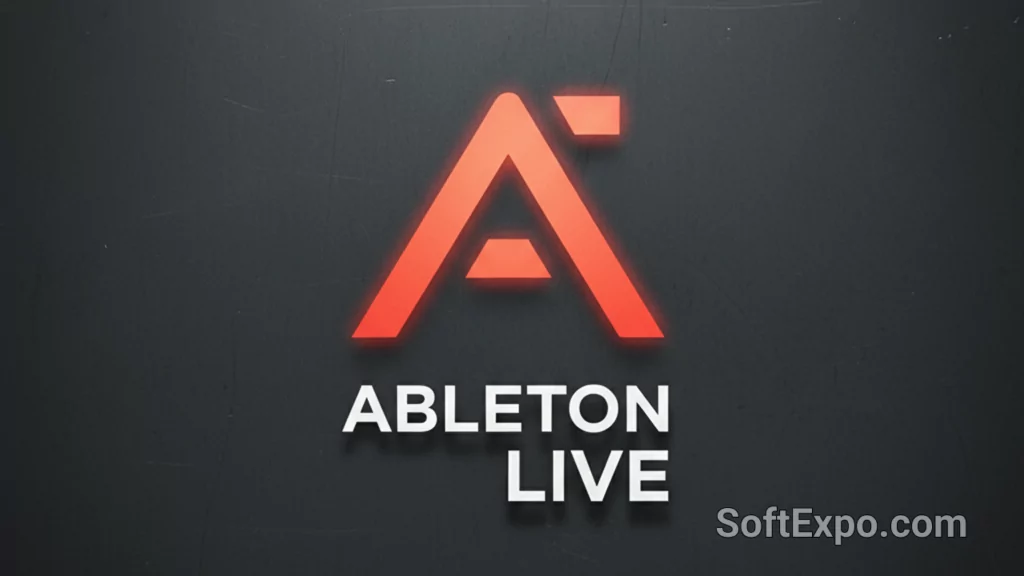
For clip‑oriented live sets and “sketches” in Session View, Live is often more convenient, whereas FL Studio is considered stronger in the piano roll and beatmaking, as fresh comparisons regularly highlight.
If the priority is EDM/techno arrangements with live loops and stage use, Live 12 provides a faster start, whereas for dense MIDI programming and drum templates many prefer FL Studio.
FL Studio remains a standard in EDM and hip‑hop thanks to its powerful Piano Roll and fast drum building, as current best DAWs 2025 roundups note.
Advantages include an easy learning curve for beats, frequent updates, and an accessible trial download, helping newcomers quickly check compatibility and performance on their PC.
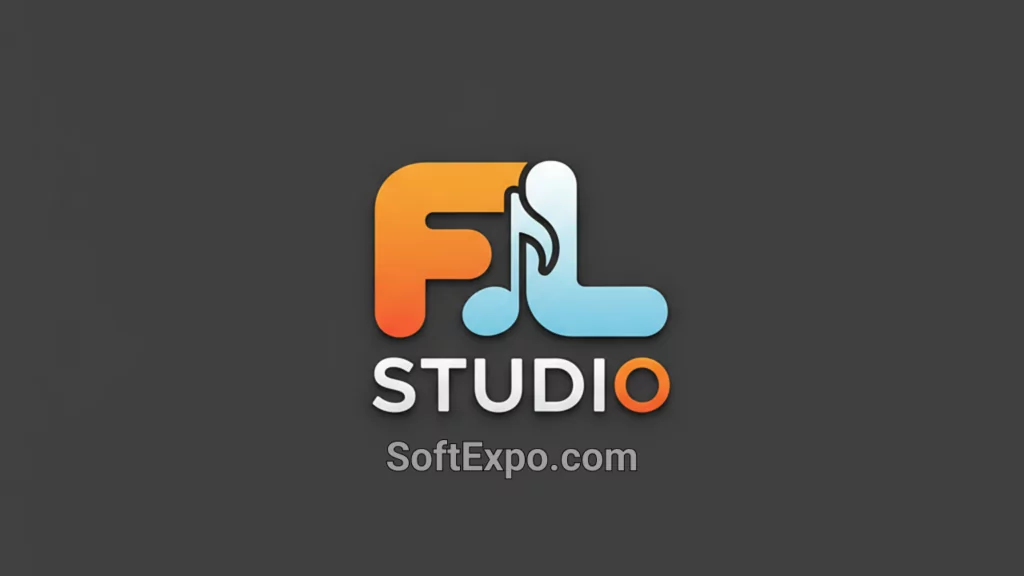
FL’s strengths are MIDI programming, patterns, and step sequencing, while Live wins with Session View scenarios and flexible live clip control.
If an arrangement‑focused live set with clips is needed, choose Live 12. If fast beatmaking and a detailed Piano Roll are priorities, FL Studio is chosen more often.
Serato Sample 2 brings fast chopping, Pitch ’n Time, and stem separation into any DAW, speeding up work with loops and samples without overloading the interface.
For hip‑hop, lo‑fi, and house, it’s an “idea accelerator”: precise warps, auto key/tempo, and lightning‑fast resampling make finding groove and variations easier without long manual operations.
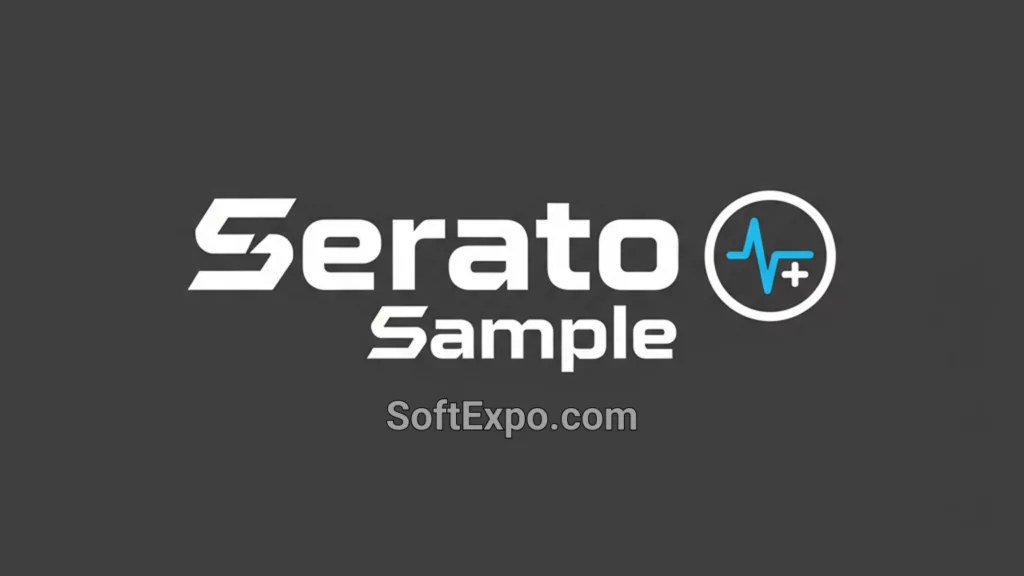
If cutting and reworking samples is at the center of the workflow, Sample 2 is often faster than complex DAW samplers thanks to focused UX and on‑the‑fly STEMS.
Pro users note that Sample integrates nicely into Live and FL Studio as a specialized tool, not replacing but enhancing the main DAW.
Renoise is a tracker DAW with a pattern editor, modularity, and frugal resource use, which is valued by fans of tracker workflows and flexible automation routines.
It suits those who want to structure arrangements as tables and commands, get a “neutral” sound from the engine, and move projects across Windows/Mac/Linux.
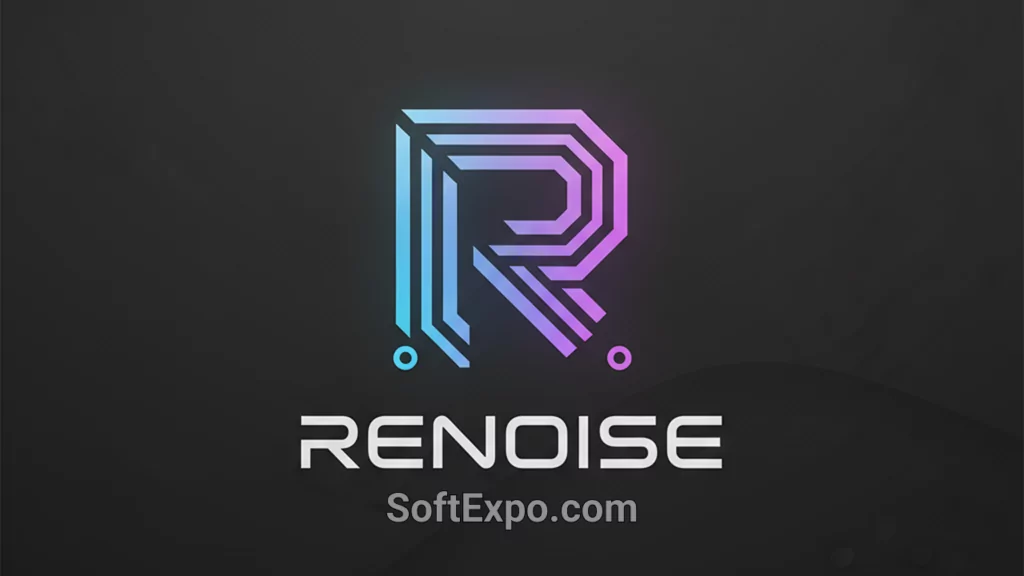
Compared to “classic” DAWs, Renoise wins in precise pattern control and CPU economy but requires getting used to the tracker interface paradigm.
If you think in patterns and command tracks, Renoise can become a fast “sketchbook” and a full studio with deep tutorials and a manual.
The Cakewalk lineup received status updates and the return of Sonar, including discussed free variants/tiers, which is important to consider when choosing a Windows DAW.
This segment is oriented toward traditional linear recording, MIDI, mixing, and mastering in a “studio” paradigm with a project window and a standard toolset.
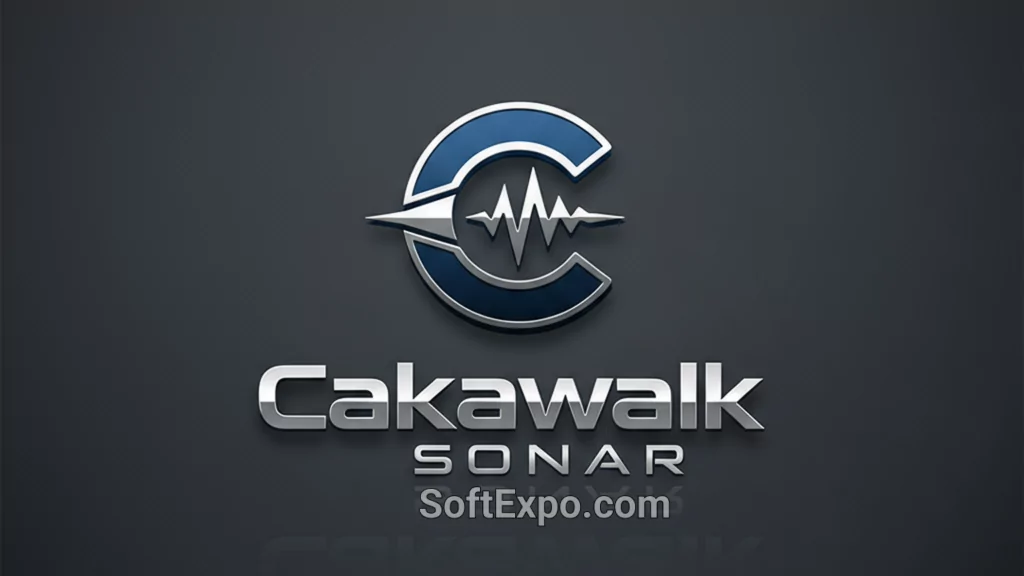
2025 updates emphasize Sonar’s availability for Windows and discussion of the free tier conditions, so it makes sense to check the current edition and feature limits.
If classic recording on Windows without a paradigm change is needed, Sonar remains a predictable choice, but compare it with Live/FL based on tasks and devices.
If live performance and a clip‑oriented workflow are needed, choose Ableton Live 12 given its new devices and stage convenience, checking the trial download and system compatibility.
If you are interested in any of our competitors and want to learn more about them, or simply want to explore what the modern world of music creation has to offer, check out our Audio Editing section.
For beatmaking and EDM arrangements with an emphasis on the Piano Roll and fast templated MIDI process, pick FL Studio, and for aggressive sampling and STEMS ideas add Serato Sample as an accelerator inside the chosen DAW.
If you like the tracker approach and predictable performance, choose Renoise. If you prefer a classic Windows studio, check the current Cakewalk/Sonar terms and compare features/tiers to your tasks.
Regardless of the choice, focus on plugin compatibility, Windows system requirements, and genre scenarios to get maximum project quality and stability in 2025.